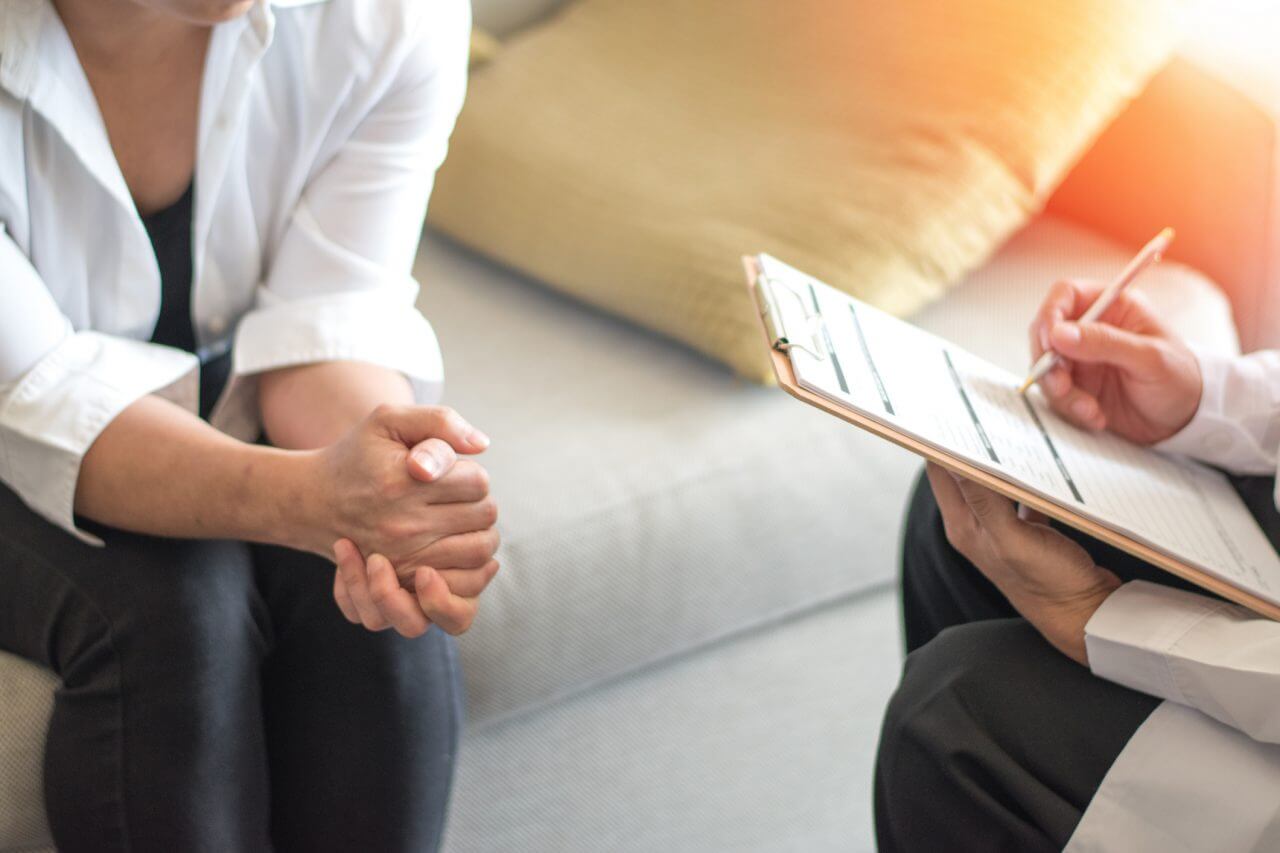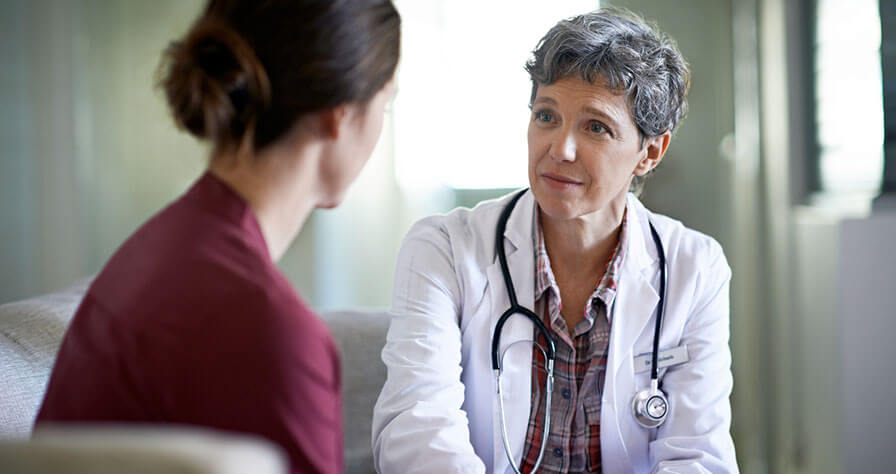How to Check for Breast Cancer

There’s no way to prevent breast cancer. However, there are steps you can take to detect breast cancer early when it’s most treatable. One of these steps is to perform a breast cancer check each month.
Learning how to check for breast cancer properly is important. Approximately 40% of breast cancers are found by women who perform a self-exam and discover a lump. Early detection and a follow up with your doctor can enable you to get started on treatment sooner if cancer is present.
Breast Cancer Self-Exam Steps
A monthly breast cancer self-exam is crucial to cancer detection and treatment. This breast cancer self-check typically involves three locations: in front of a mirror, lying down and in the shower. Once you learn how to check yourself for breast cancer, the process takes just a few minutes to perform.
Here are the five steps:
- Standing in front of a mirror with your hands on your hips, examine the size, shape and color of your breasts. Look for bulging, puckering or dimpling of the skin, a change in a nipple such as being pulled inward, or redness, rash or swelling.
- Raise your arms and look for the same issues as above.
- Look closely at your nipples to see if there’s fluid coming out of one or both. It may be watery, yellow or milky fluid, or it could be blood.
- While lying on your bed, feel your right breast with the first few finger pads of your left hand, then switch to examining your left breast with your right hand. Use a circular motion approximately the size of a quarter. Cover the entire breast and surrounding area including your armpit. Use the same pattern on both breasts. This might be starting at the nipple and moving outward in larger circles or moving from the top of the breast to the bottom in vertical rows. Use different pressure to examine the tissue at all depths, including the skin and tissue just below it, the tissue in the middle of your breasts and the tissue at the back of your breasts.
- While standing, repeat the type of exam performed above. Some women find this part of the breast self-exam process easiest when their skin is wet and slippery, so they perform it in the shower.
Very quickly, you’ll learn how to feel for breast cancer and improve your ability to detect anything abnormal.
What If I Feel a Lump in My Breast Cancer Self-Check?
If you detect a lump during your breast cancer self-check, the first thing to do is remain calm. Breasts are somewhat lumpy by nature, and the majority of those lumps aren’t cancerous. Plus, issues like benign breast conditions or hormone changes can be the cause of breast lumps.
If a lump is detected, you may be worried about pain and ask, “Is breast cancer painful?” or “Do breast cancer lumps hurt?” (typically, no). If you do, you can learn more about breast cancer on our website. However, if you detect anything unusual when doing your breast self-exam, you should talk with your doctor.
If you menstruate, you may choose to wait until after your period to see if the lump or other abnormality resolves on its own. But if the issue persists, contact your doctor. They can talk with you about the visible and hidden signs of breast cancer.
Your doctor will perform a physical exam and will likely have you get certain imaging tests, which may include a breast ultrasound, mammogram or MRI (magnetic resonance imaging) scan. They may also prescribe a biopsy. Whatever tests are performed, be sure you understand the results you’re given and ask questions to clarify if needed.
Breast Cancer Examination: Beyond a Self-Exam
Learning how to check for breast cancer and performing a monthly breast cancer examination is important for breast health. However, regular self-exams shouldn’t replace other screening methods that your doctor recommends such as a mammogram.
Learn More About Breast Cancer Detection from Baptist Health
Take a Health Risk Assessment (HRA) questionnaire to estimate your personal health risk and identify your risk factors for breast cancer.



